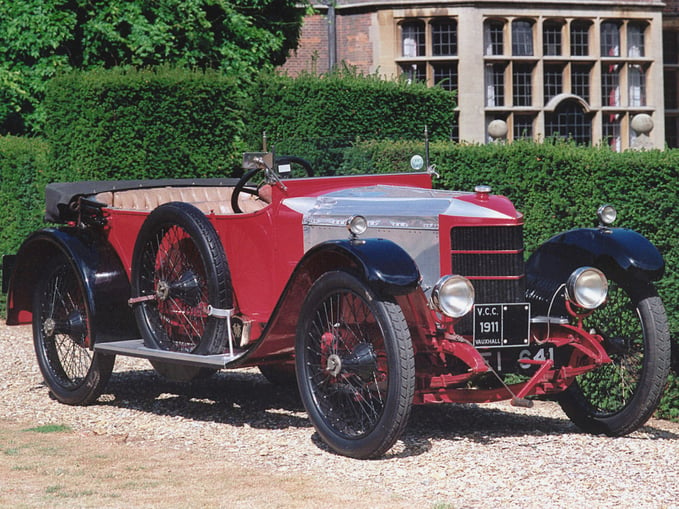J12 M40
British Motor Museum
J12 M40
British Motor Museum

Before the 1920s, cars were very expensive and out of reach for most people. Cars often reflected their owner’s tastes, with their own choice of style, materials and colours. Manufacturers soon realised that they could attract new customers for their cars from those who had been impressed by their success in motor racing.
One such model was the Vauxhall C-type ‘Prince Henry’, developed from Vauxhall’s three litre car. It was designed for the Prince Henry trials, a race named after the motoring fanatic Prince Heinrich Hohenzollern of Prussia. Vauxhall put a powerful engine (by contemporary standards) into a special short chassis and created what is thought to be one of Britain’s first proper sports cars.
The model combined the crafted coachwork of an Edwardian car with much better performance than the average touring model. It was completed by a distinctive pointed nose and Vauxhall’s trademark fluted bonnet and radiator. It appealed to the rich, gentleman racer, a market which Vauxhall cultivated at the time. The ‘Prince Henry’ was capable of speeds up to 75 mph. Vauxhall scored many victories in trials and hill climbs with the car, including the gruelling Swedish Winter Trial of 1912. This is the earliest of only nine surviving ‘Prince Henry’ models.

British Motor Industry Heritage Trust, Registered Charity in England & Wales: 286575
Banbury Road
Gaydon
Warwickshire
CV35 0BJ
If using a Sat Nav for directions we recommend you enter the British Motor Museum as a point of interest rather than using the postcode.














.png)


